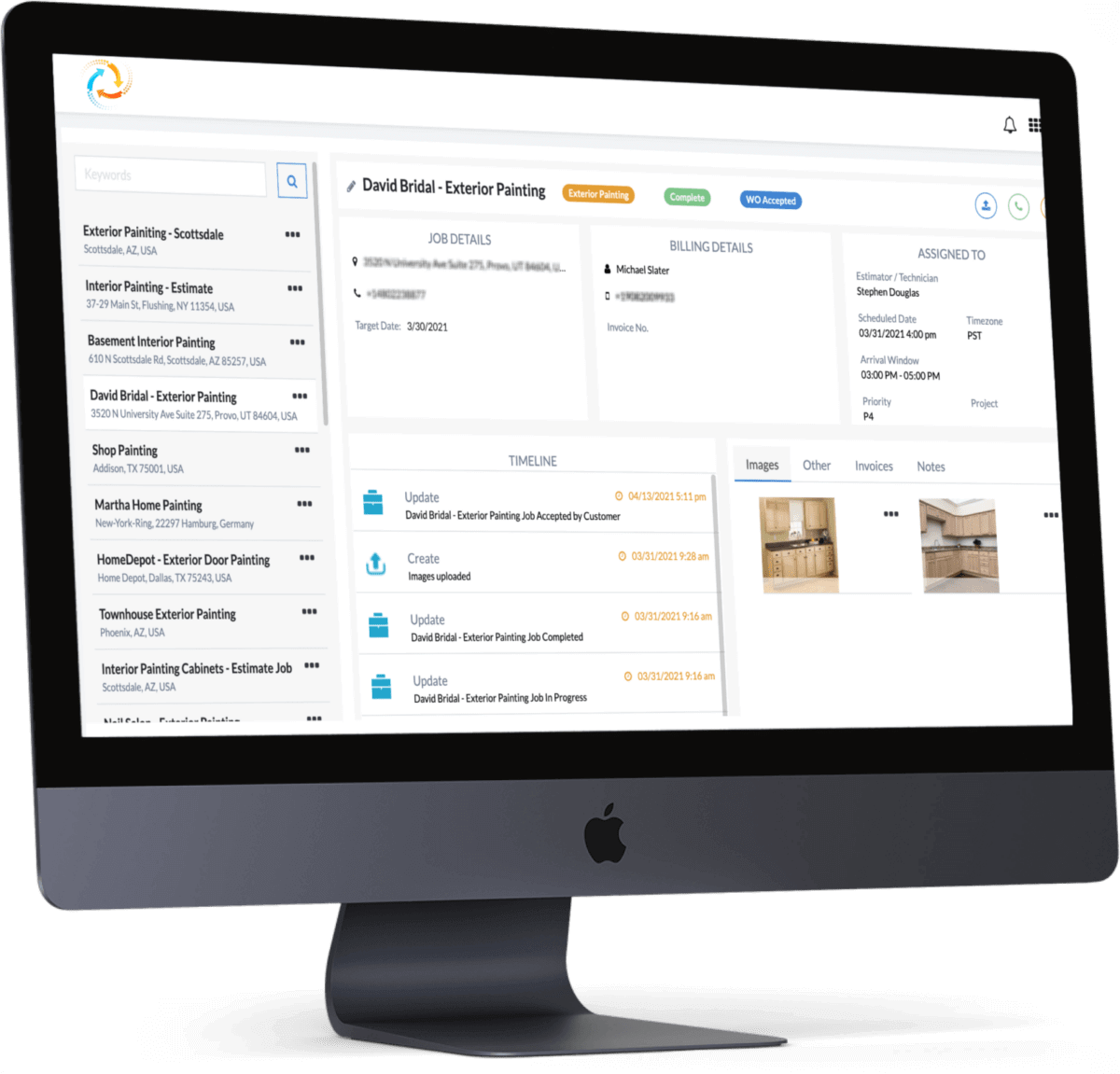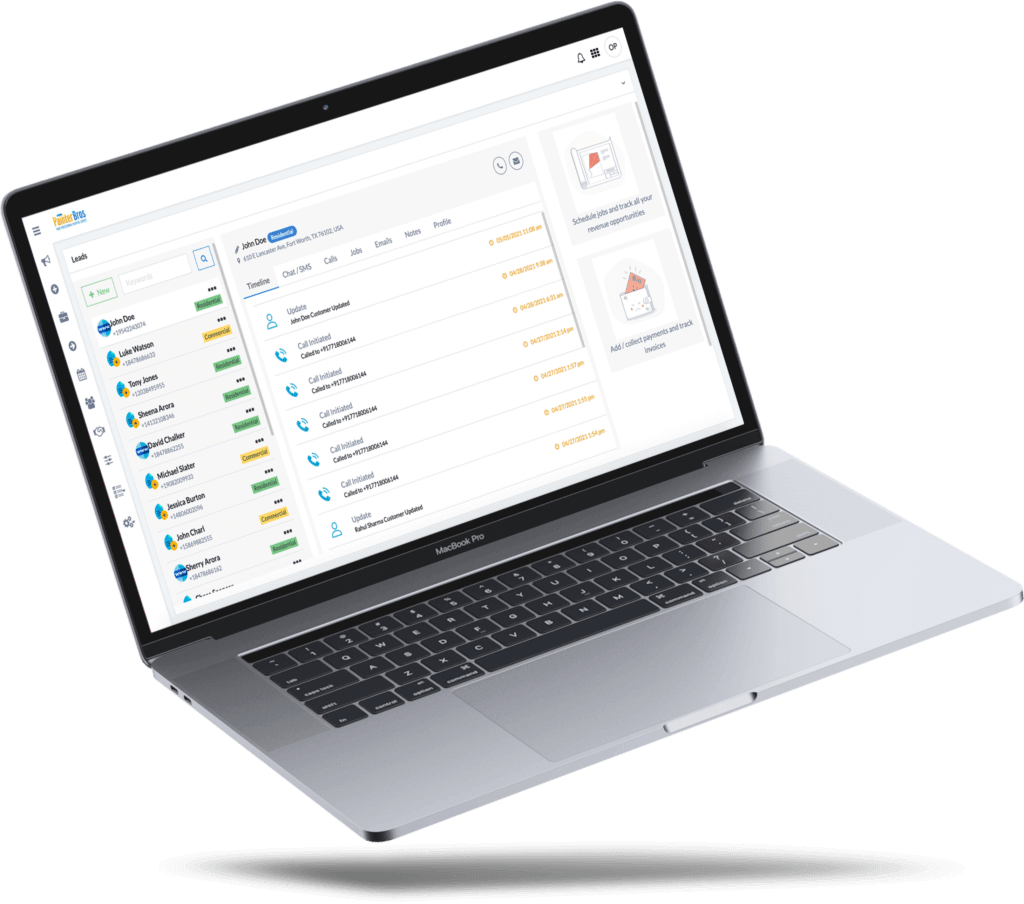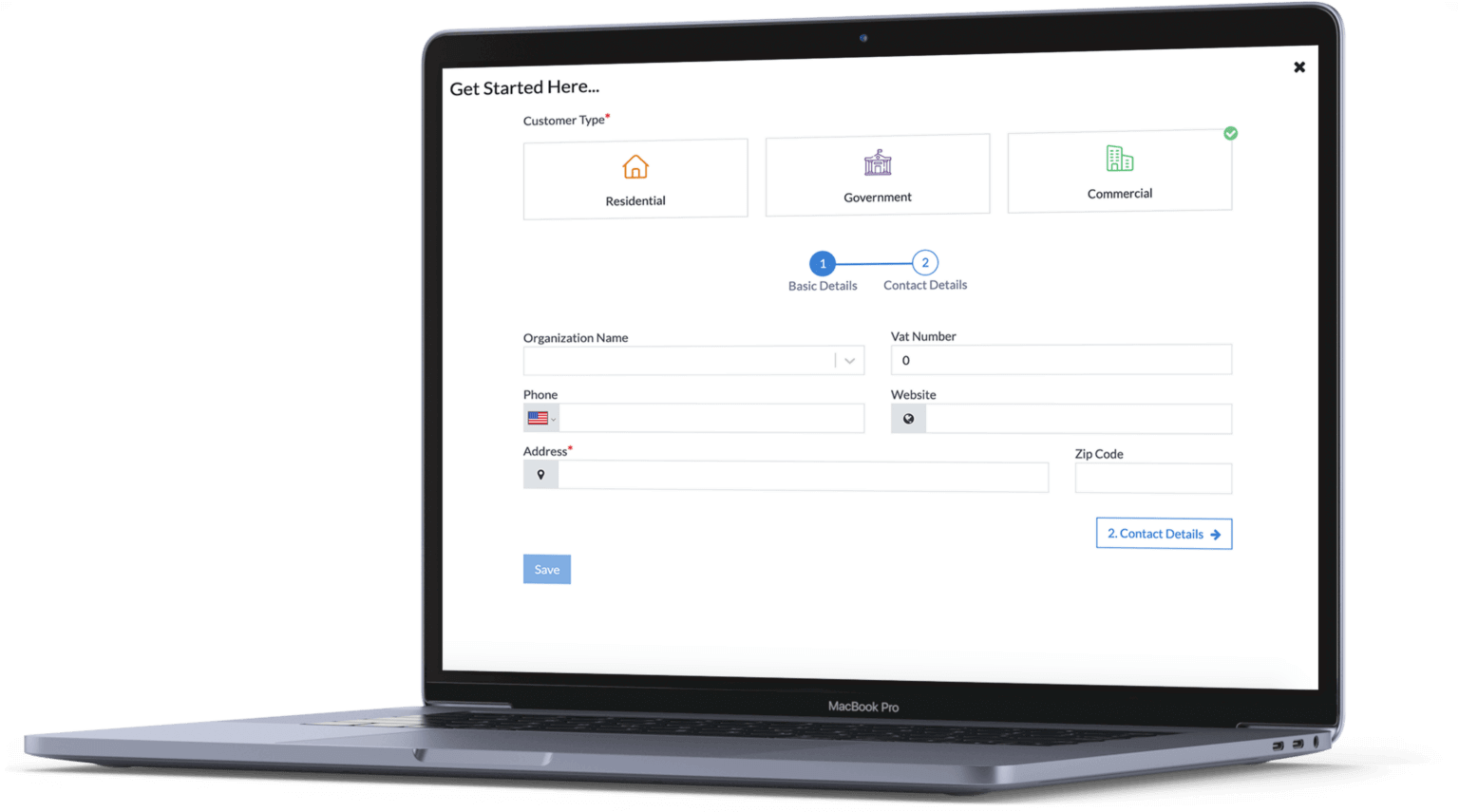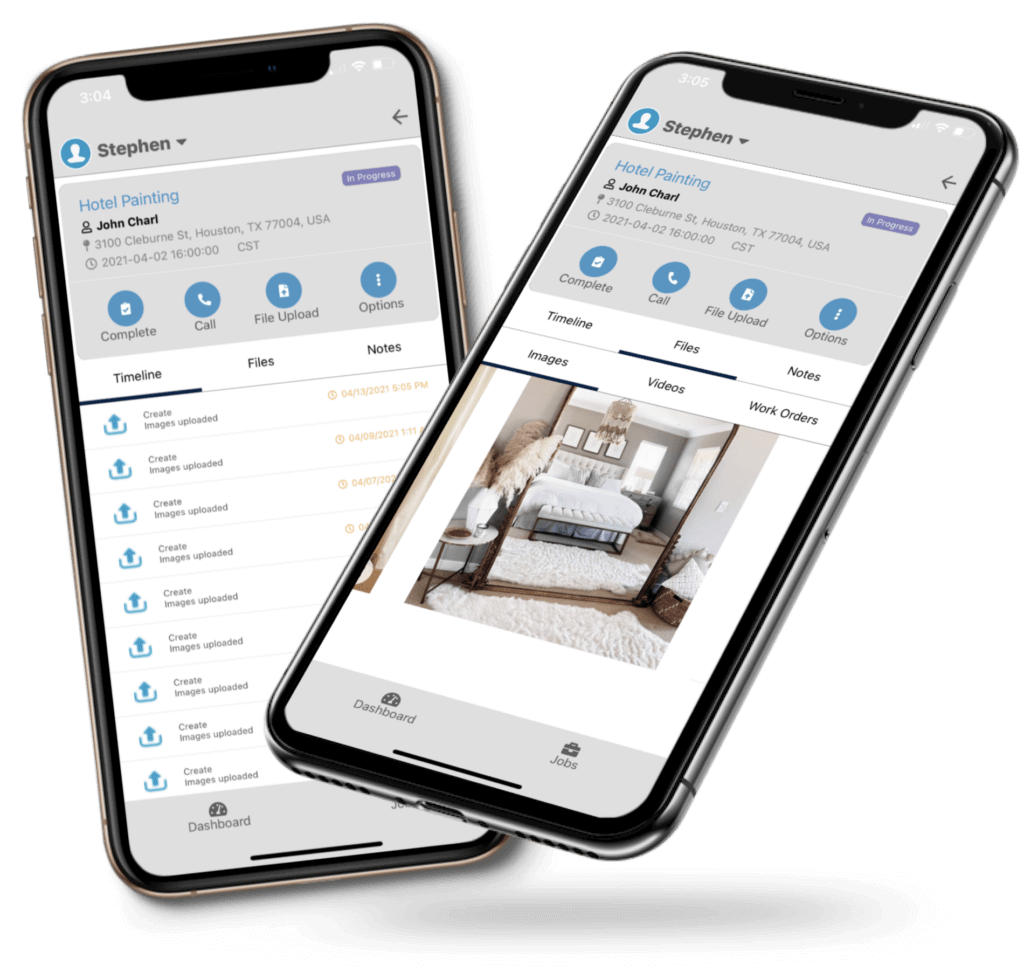BUILD STRONG ! BUILD FAST !Go to Market Faster with Enterprise Grade No-Code Applications

Background
Painter Bros provides exterior and interior painting for commercial and residential properties at a corporate level and through franchises across many states in the USA. With the advancing technology needs, the company decided to develop a software platform that will help them streamline their work and manage a more extensive customer base. And with the expertise of NCAMEO, they were able to achieve a larger group of potential clients and execute the required work on time while maintaining or exceeding the expected quality of work in the field.
CRM
Challenges before CRM
PainterBros managed their client requirements, data, business operations, and accounting systems manually for several years. Unfortunately, this sometimes lead to unwanted delays, missed opportunities and contracts, missing client data, and mismanagement within team members, which negatively affected their overall business. Also, manual data handling caused issues with last-minute information provided to the core team, difficulty scheduling timely meetings and site visits, and an inability to connect to clients’ post-work packages or record their feedback. The challenges faced by the company while executing its work before introducing the new CRM are enumerated below.

Communication and issues of handling large data
Since there were multiple places/mediums through which communications took place, like chats, messages, emails, and task lists, sometimes crucial information would get ignored or was lost in the flow of work. In addition, during peak season, as the number of inquiries and clients' interest increased, there were issues with promptly responding to all of them. Sometimes the delay would be due to oversight, while at times, it would be due to the immense workload on the individuals handling client inquiries. This affected the business opportunities and caused criticism from potential clients.

Difficulty in assigning tasks
Due to manual data handling, there were issues with promptly assigning tasks to the concerned team members. Delay from one individual in conveying the required information would lead to further delays and, at times, created confusion about the implementation of the task.

Visualization & Organization
The team faced difficulty visualizing the quantity of work and planning the required staffing accordingly. This The team faced difficulty visualizing the quantity of work and planning the required staffing accordingly. This situation also resulted in issues organizing the job and planning for future orders.
Team’s Productivity
Due to manual data management, challenges among team members would sometimes get inadequate information about clients and their needs, leading them to reconnect with them to find out the missing details. This situation would invariably lead to delays, thus hampering the team's productivity. Also, at times, such instances led to issues within team members as no individual would be willing to take responsibility for such errors resulting in difficulty finding an appropriate solution for the case.

Relation with clients post work completion
The company-customer relationship determines the future growth of the company. Therefore, the company's core team needs to establish a strong rapport with the client while undertaking the work and after its completion. However, during the manual handling of work, it was difficult for the teams to connect with and collect feedback from clients on the work performed.
Stock and Asset Tracking
Maintenance and regular updating of the company's inventory stocks and assets suffered when using manual systems. In addition, the team would often get so occupied with completing the tasks at hand and executing the projects in the field that documentation often took a backseat.
Work situation/Status quo after CRM
To address such challenges and strengthen the company's operations, Customer Relationship Management (CRM) software was developed and integrated as part of the company's progression. This software brought all the processes under one umbrella and helped streamline work. The company's transformation after introducing this software has been noteworthy.

Systemization of work
Efficient Data Management, Effective Planning and Execution, and Real-time Reporting and Inventory
Growth in Sales
Timely Services, Customer Satisfaction, and Increased Revenues
Empowered team
Ready Recognition, Team Management, and Increased Work Related Gratification
The CRM software brought a renewed sense of work within the team, and it directly affected the company’s work profile. The software allowed the team to have all its processes under one roof, beginning from generating estimations to scheduling, reporting, providing timely customer service, marketing, maintaining payrolls, accounting, and monitoring inventory. This digitalization method gave way to digitization, supported folders, registers, and helped the company manage its data at ease and complete projects in a more timely and efficient manner.

Systematization of Work
The company's work became more systematic and efficient, thus reducing clients from dropping out due to delays in receiving responses. Even if there was a dropout of the designated worker for any reason, other workers could fill in and execute the work promptly. The systemization of work ensured better data management and was devoid of human errors, thus producing minimal delays and reducing client complaints. It improved the team's productivity and brought in the sense of fulfillment and satisfaction.
The team efficiently maintained client data, from inquiries to scheduling site visits. The software showed staffing availability on the chosen day and time, making it easier for the backend team to schedule appropriate visits. It also helped link the workforce nearest to the potential client’s service area, leading to a reduction in travel time and other resources. Once provided with the details of the clients, the field team received the information well in advance. They could undertake timely site visits and show all possible five color options to the clients, making it easier to decide and finalize selections. The process became smooth, and the work could be completed within the given timeframe.
The CRM helped generate opportune reports, thus ensuring there was no lag in the work’s documentation. These reports were available for the other team members for their review and listed down the action points, helping them to know and plan their position concerning any particular client. It also helped maintain real-time inventory, assisting the procurement team in ordering the required materials or equipment well in advance.
Growth in Sales
The systematic working approach directly led to growth in sales as the work was undertaken and completed on time. In addition, receiving all the required information improved the team's coordination and workforce management and motivated the team to use the software to its fullest potential. As a result, this application brought in more projects, but it also positively impacted the company's revenues, and the company could think of better pay-outs for its team.

Due to the timely execution of the entire project, the company started receiving more positive feedback from clients, which were also recorded and maintained on the software. In addition, this modification allowed potential clients to read reviews from past clients, restoring their faith in the company and its work.

Empowered Team
The CRM became a powerful tool to understand and undertake the work, create estimations, submit timely invoices, and maintain relevant accounting systems. The task notifications ensured prompt response from the concerned team members and reduced the chances of work getting delayed due to oversight. Thus, the team was empowered to undertake work efficiently, and it made communication with the client and within the team effortless and straightforward. Efficiency and smoothness in the work processes led to increased morale and teamwork, positively impacting staff retention and customer satisfaction.